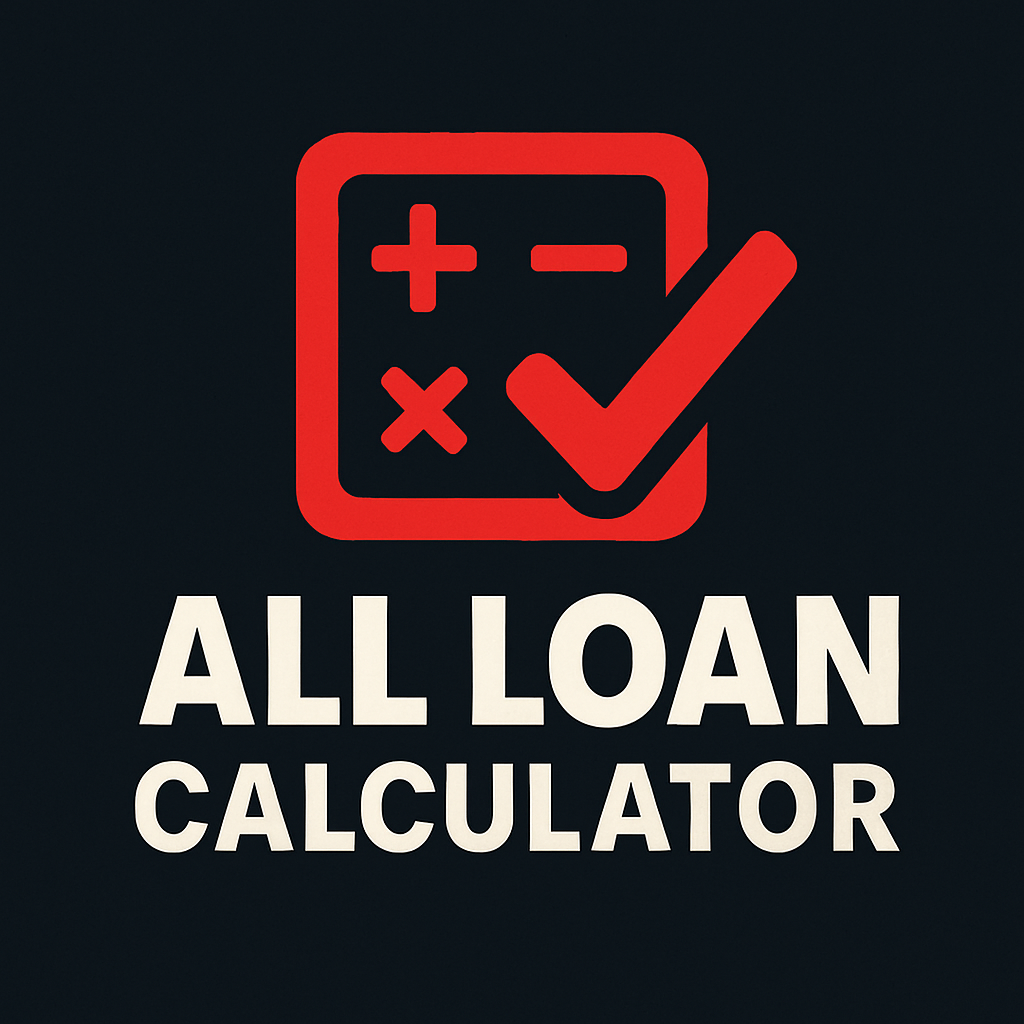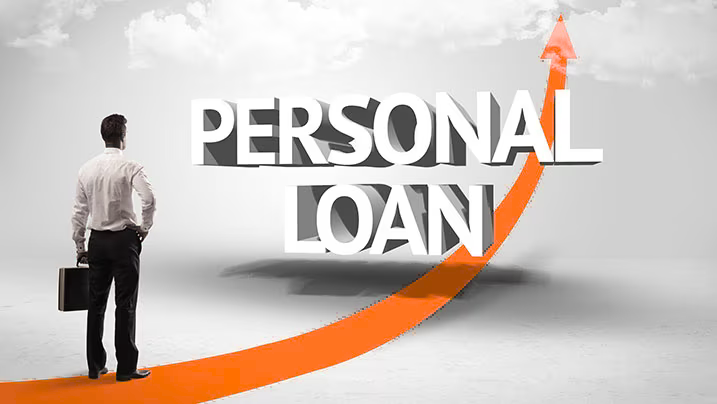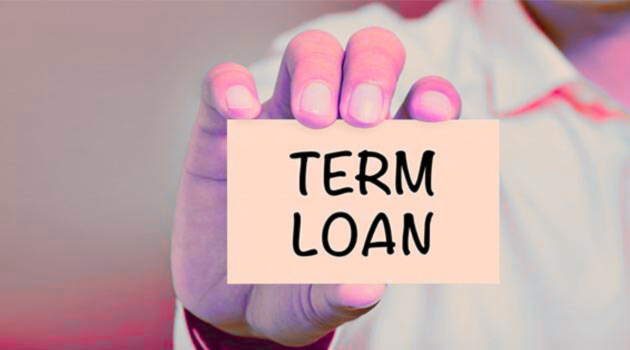Home Loans for Teachers: A Complete Guide to Affordable Financing
Buying a home is a milestone for many people, but for educators, it can feel especially rewarding. Teachers dedicate their lives to shaping future generations, yet often face challenges when it comes to qualifying for mortgages due to modest salaries and rising housing costs. The good news? Special programs and benefits are available to make home loans for teachers more affordable and accessible. This guide explores everything educators need to know from loan types and eligibility to expert tips so you can move into your dream home with confidence.
Why Special Home Loan Programs Exist for Teachers
Teachers play a vital role in society but often earn less than professionals in other fields with similar qualifications. Housing programs are designed to bridge that gap by offering unique benefits such as:
- Lower interest rates to reduce long-term costs.
- Down payment assistance that helps buyers qualify without large upfront savings.
- Forgivable loans or grants in exchange for teaching in high-need communities.
- Flexible credit requirements to improve accessibility for educators with limited credit history.
By providing these benefits, both federal and state programs aim to support teachers in achieving homeownership while encouraging them to stay in their communities.
Types of Home Loans for Teachers
1. FHA Loans (Federal Housing Administration)
FHA loans are popular among first-time homebuyers, including teachers, because of their lenient requirements.
Key benefits:
- Low down payment (as little as 3.5%).
- Flexible credit score requirements (minimum 580).
- Competitive interest rates.
This option is especially suitable for teachers early in their careers who may not have large savings.
2. VA Loans (For Veteran Teachers)
If you’re a teacher with prior military service, the Department of Veterans Affairs (VA) offers an unbeatable option.
Highlights of VA loans:
- No down payment required.
- No private mortgage insurance (PMI).
- Favorable interest rates.
This makes homeownership significantly more affordable for veteran teachers.
3. USDA Loans (For Rural Areas)
The U.S. Department of Agriculture provides financing for teachers working in rural or suburban school districts.
Advantages include:
- Zero down payment.
- Reduced mortgage insurance.
- Flexible income requirements.
If you’re teaching in a smaller town or rural area, USDA loans can be an excellent fit.
4. Conventional Loans with Teacher Incentives
Conventional mortgages often come with stricter credit requirements, but teachers may qualify for special programs offered by local credit unions, school district partnerships, or housing agencies.
Possible perks:
- Discounted closing costs.
- Reduced interest rates for educators.
- Teacher-only grants or rebates.
5. Good Neighbor Next Door Program (HUD)
This U.S. Department of Housing and Urban Development (HUD) program offers teachers incredible savings.
How it works:
- Eligible teachers can purchase homes in revitalization areas at a 50% discount.
- The program requires you to occupy the property for at least three consecutive years.
This program is perfect for teachers who want to invest in their communities.
State and Local Teacher Home Loan Programs
Beyond federal options, many states and municipalities run teacher-specific mortgage assistance programs. Examples include:
- California: Teacher Homebuyer Assistance Program with deferred-payment junior loans.
- Texas: Homes for Texas Heroes program offering down payment assistance.
- Florida: Hometown Heroes Housing Program with closing cost support.
Since programs vary by location, it’s best to research your state housing agency or school district for tailored opportunities.
How to Qualify for Teacher Home Loans
While requirements differ, most programs follow similar guidelines.
Typical eligibility criteria:
- Must be employed full-time as a teacher, administrator, or school staff.
- Meet minimum credit score requirements (varies by program).
- Income limits may apply, especially for assistance programs.
- Commitment to live in the purchased home as your primary residence.
Pro Tip: Before applying, use our loan affordability calculator tool to estimate monthly payments and check how much home you can realistically afford.
Benefits of Home Loans for Teachers
- Financial relief: Lower upfront costs make it easier to purchase a home early in your career.
- Community investment: Encourages teachers to live near the schools where they work.
- Equity building: Owning a home helps educators build wealth and stability over time.
- Exclusive incentives: Many programs offer benefits that the general public cannot access.
Challenges Teachers Face in Buying Homes
Even with special loan programs, educators often encounter obstacles such as:
- Student loan debt reducing borrowing power.
- Competitive housing markets making it harder to win bids.
- Limited salary growth impacting long-term affordability.
Fortunately, teacher-specific programs directly address many of these issues, making homeownership more realistic.
Steps to Apply for a Teacher Home Loan
Here’s a step-by-step process to simplify your journey:
- Check your credit score and improve it if needed.
- Research available teacher loan programs in your state.
- Get pre-approved to know how much you can borrow.
- Work with a lender familiar with educator programs.
- Compare loan options (FHA, USDA, VA, or teacher-specific).
- Prepare documents such as pay stubs, tax returns, and employment verification.
- Apply for down payment assistance if eligible.
- Close the loan and move into your new home!
Comparison Table: Loan Options for Teachers
| Loan Type | Down Payment | Credit Score | Special Benefits |
| FHA Loan | 3.5% | 580+ | Easy qualification, low down payment |
| VA Loan | 0% | Flexible | No PMI, best for veterans |
| USDA Loan | 0% | 640+ | Rural properties only |
| Conventional | 3–5% | 620+ | Local teacher incentives |
| Good Neighbor Next Door | 0–50% | Varies | 50% home discount |
Expert Tips for Teachers Buying a Home
- Improve your credit score before applying to get better interest rates.
- Consider school district partnerships some offer housing stipends.
- Work with real estate agents experienced in teacher programs.
- Don’t overlook smaller grants that can cover closing costs.
- Think long-term choose a home you can grow into, not out of.
Frequently Asked Questions (FAQs)
1. What are home loans for teachers?
They are specialized mortgage programs designed to make homeownership more affordable for educators. These loans often come with benefits like lower down payments, reduced interest rates, and grants.
2. Do teachers qualify for FHA loans?
Yes. FHA loans are widely available to teachers, offering low down payments and flexible credit requirements.
3. Can teachers get a mortgage with student loan debt?
Absolutely. Lenders consider student debt but also look at income and credit history. Many teacher loan programs help offset this challenge.
4. Are there programs just for first-time teacher homebuyers?
Yes. Several state and federal programs are tailored to first-time homebuyers who work in education, such as FHA and Homes for Heroes.
5. What is the Good Neighbor Next Door program?
It’s a HUD initiative that allows teachers to buy homes in certain neighborhoods at a 50% discount, provided they live there for at least three years.
6. Do teacher home loans require perfect credit?
No. Many programs are designed for borrowers with average credit scores. FHA and USDA loans, for example, are forgiving of lower credit histories.
7. How much down payment assistance can teachers get?
It depends on the program, but assistance often ranges from $5,000 to $25,000 toward closing costs or down payments.
8. Are private lenders involved in teacher loan programs?
Yes. Many banks, credit unions, and specialized lenders participate in federal or state housing initiatives for educators.
9. Can teachers buy investment properties with these loans?
Typically, no. Most programs require that the property be your primary residence.
10. How can teachers find the best home loan option?
Start by comparing federal, state, and local programs. Using a tool like our home loan calculator can also help evaluate monthly affordability.
Conclusion
Teachers dedicate their lives to improving communities, and in return, they deserve opportunities to build financial security through homeownership. Home loans for teachers provide the support needed whether through reduced down payments, special grants, or exclusive discounts to make that dream possible.
If you’re an educator considering buying a home, explore your federal, state, and local options, get pre-approved, and take advantage of every available benefit. And don’t forget to use our loan calculator tool to see how much house you can afford before applying.





